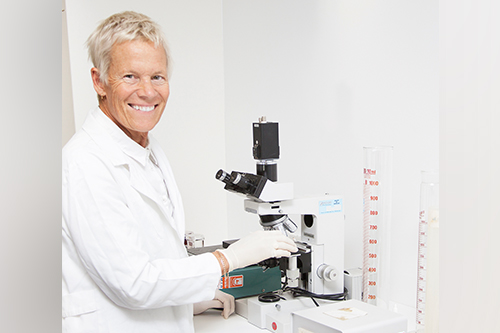
The University of Newcastle recently announced its largest infrastructure spend to date – a $200m flagship facility to be located at its Callaghan campus.
The facility will integrate the study areas of science, technology, engineering, mathematics and medicine (STEMM), with a unique design that blurs typical boundaries between education and research.
Moving away from traditional academic building designs of long corridors, tucked away rooms and doorways, the highly-adaptable design features open entrances, glass walls and interaction spaces to put both research and learning “on show” and enable students and researchers to interact freely with one another.
First works (utilities) on the four-storey project will start in late 2019, with the facility due to open in 2023.
The Educator spoke to the University’s acting deputy vice-chancellor of research and innovation, Professor Deborah Hodgson, to find out what the new precinct will mean for students and staff heading into the future.
TE: Can you tell us about the factors that inspired the new STEMM precinct?
The University has made the strategic decision to invest in STEMM as we see this as a need not only for our region, but globally. STEMM skills will power global economies and this facility will enable the University to make major contributions to both emerging and established industries, across the globe and in our own regions. This precinct makes a statement that reinforces our place on the research and education world stage, and will make our staff and students some of the most sought after in the world. The precinct will act as an agent of change, physically and conceptually, signalling a future centred on connectivity and engagement.
TE: As the University’s deputy vice-chancellor of research and innovation, how big an impact do you envisage this investment will have, and why?
This is the largest investment in the University’s history. The building is designed to be highly sustainable and flexible, blending disciplines and barriers. The design moves away from traditional academic building designs of long corridors, tucked away rooms and doorways, and instead features open entrances, glass walls and interaction spaces to put both research and learning “on show” and enable students and researchers to interact freely with one another. The design is highly adaptable incorporating research laboratories, formal learning spaces such as classrooms and labs, informal learning breakout areas, and workspace and interaction zones. We envisage this to change the way our students, researchers and industry collaborators will work and learn together.
TE: In your view, what are some of the ways in which STEMM skills will power global economies long into the future?
Business and government leaders readily recognise that STEMM skills are increasingly vital to helping business innovate, to create jobs and growth, and importantly, to improve our quality of life. Emerging knowledge-based industries such as biotechnology, information and communication technology, and advanced manufacturing, all rely on STEMM skills. These same skills also facilitate the collision of ideas for the benefit established industries like agriculture, healthcare and resources. It is these industries that will provide meaningful solutions to problems of local and global significance.


